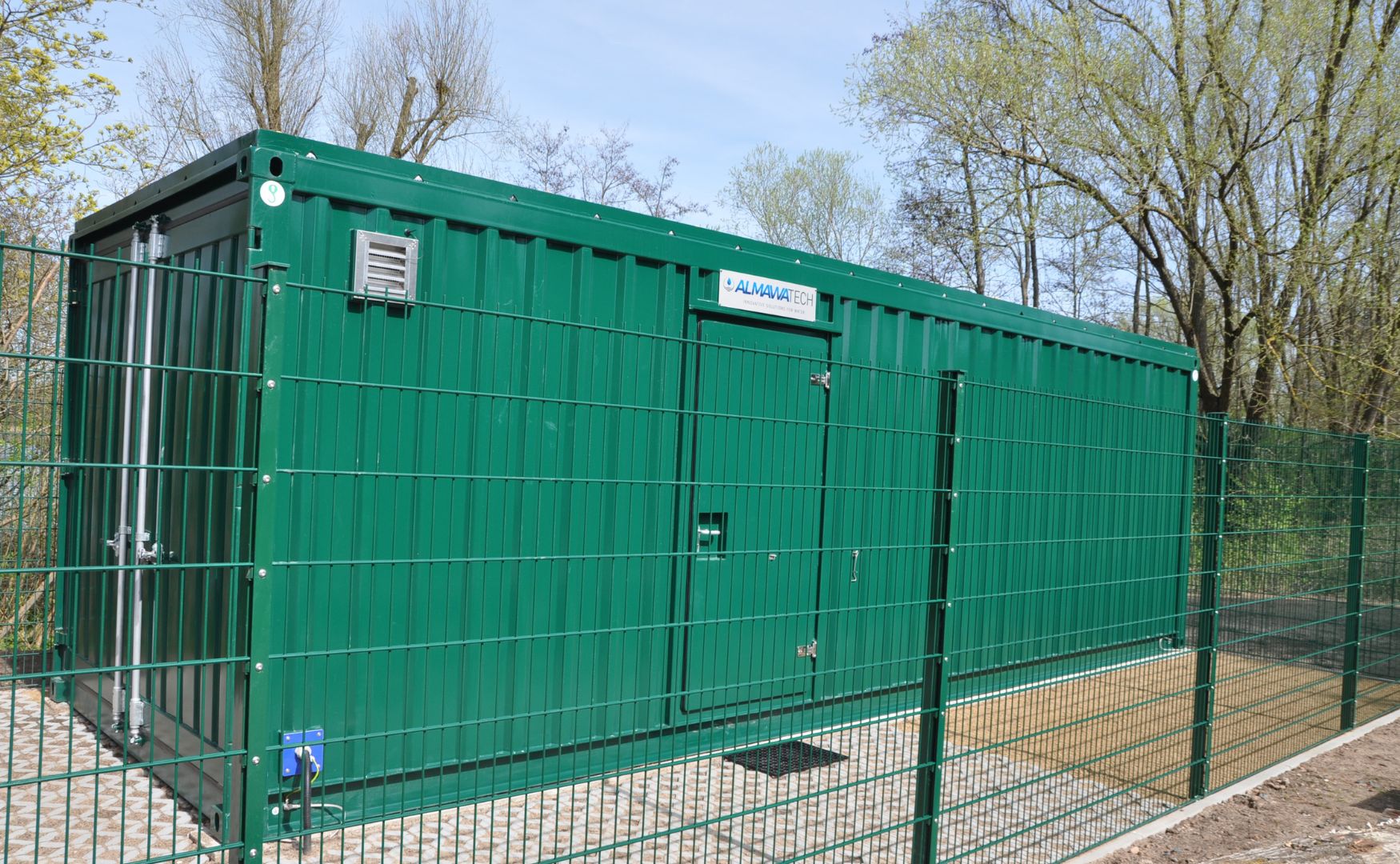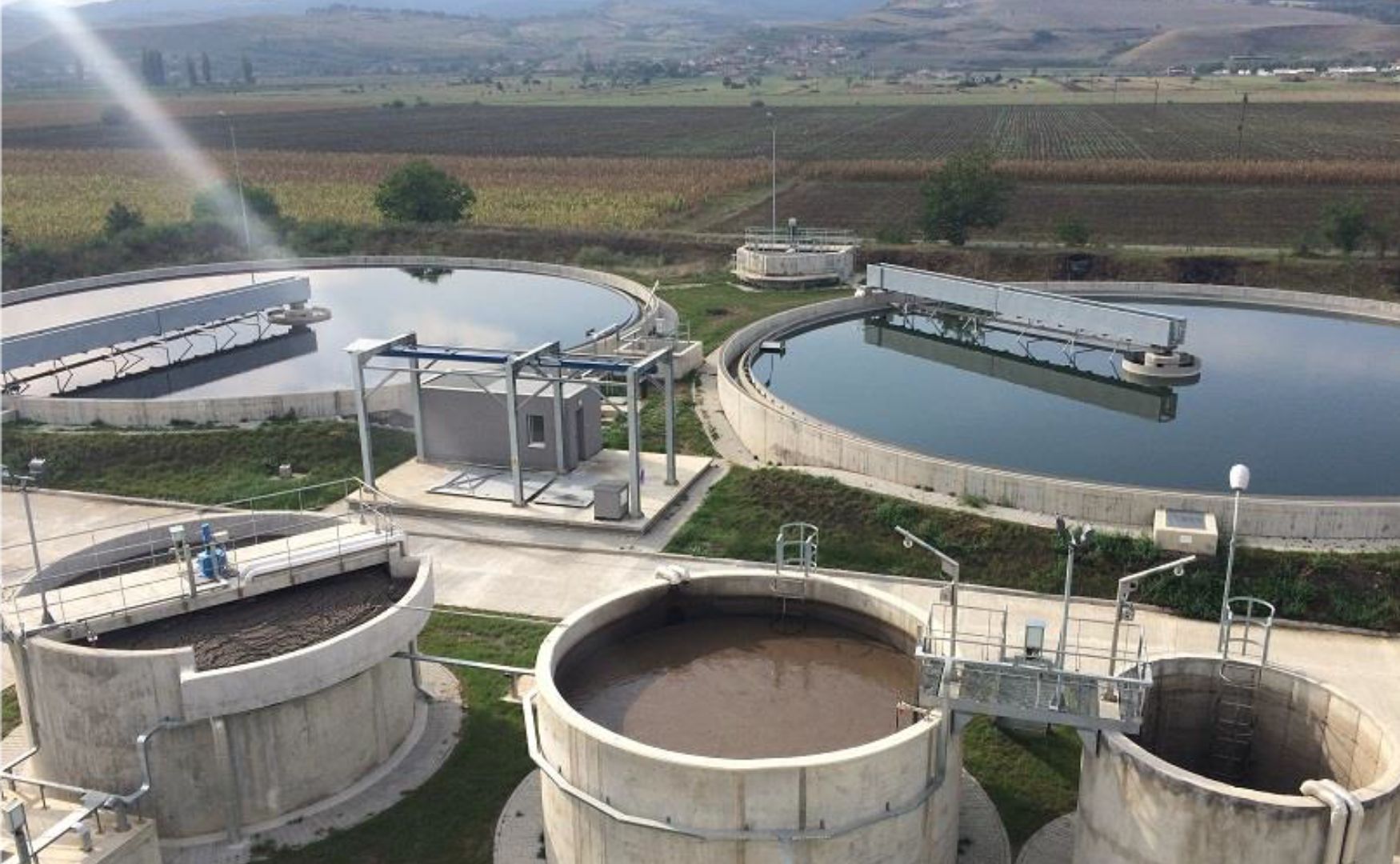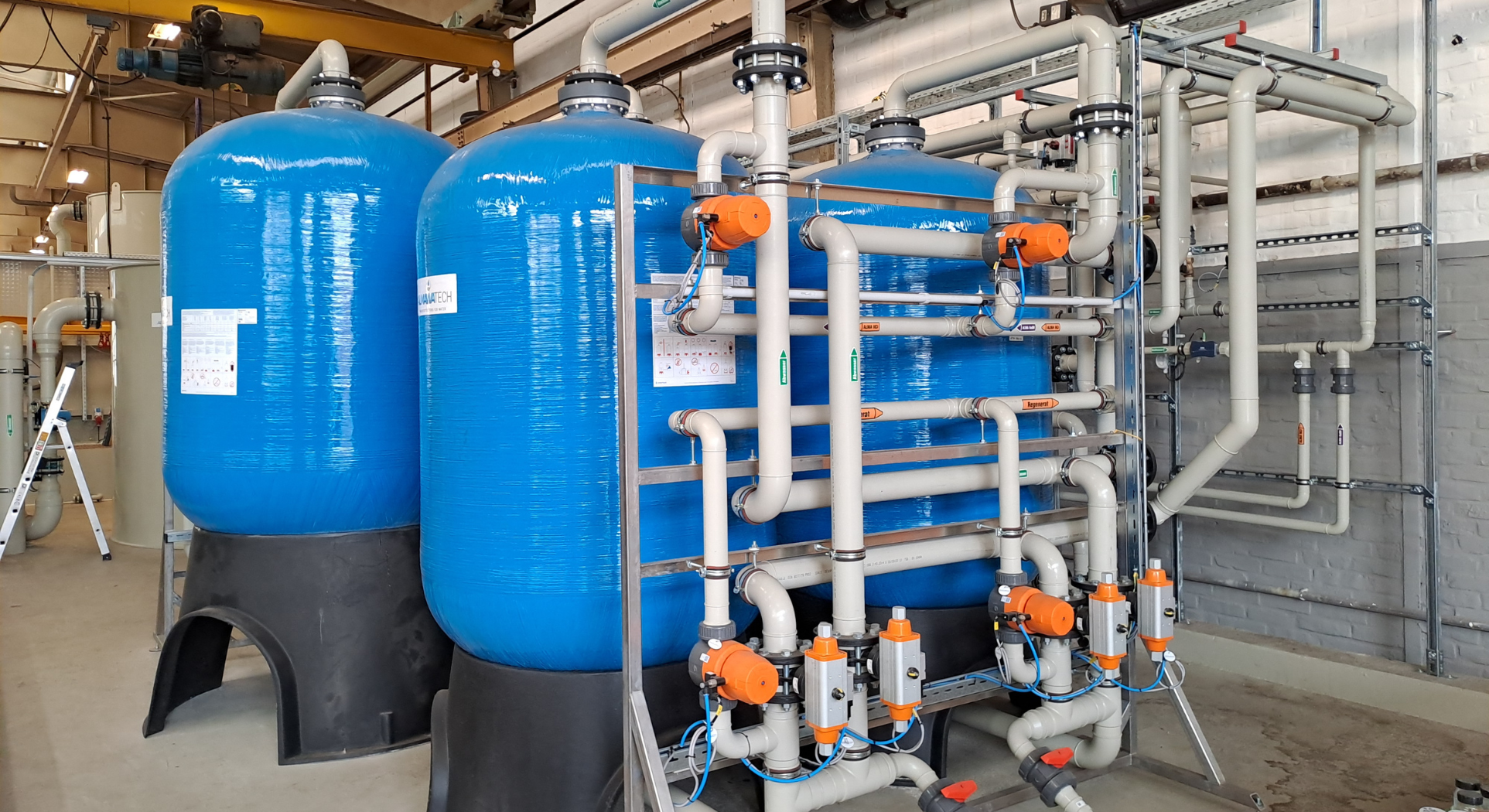Phosphates are a group of chemical compounds that occur as salts or esters of phosphoric acid (H₃PO₄). They play a central role in industrial water treatment and wastewater treatment, as they can act both as essential nutrients for biological processes and as causes of environmental problems such as eutrophication. Their control, removal and dosing is a crucial aspect in the process management of many water and wastewater treatment plants.
Table of contents
Chemical principles of phosphates
Phosphates exist in various chemical forms, which differ in their degree of protonation and their solubility:
Primary phosphates (dihydrogen phosphates)
- Predominant in acidic pH ranges.
Secondary phosphates (hydrogen phosphates)
- Stable in neutral to slightly alkaline pH ranges.
Tertiary phosphates (orthophosphates):
- Dominant in strongly alkaline environments.
Polyphosphates:
- Chain or ring-shaped compounds consisting of several phosphate groups (e.g. sodium tripolyphosphate, Na₅P₃O₁₀).
Organic phosphates:
- Esters of phosphoric acid bound to organic molecules.
Phosphates are readily soluble in water, especially as orthophosphates, while they can precipitate in the form of poorly soluble salts (e.g. calcium phosphate).
Sources of phosphates in water and wastewater
Industrial processes:
- In the food and beverage industry, phosphates are used as stabilizers, acidity regulators or emulsifiers.
- In the textile and paper industry, they are used as additives for water softening and dirt removal.
- In metal processing, they are found in corrosion inhibitors and degreasing solutions.
Household and industrial wastewater:
- Phosphates come from cleaning agents, especially detergents and dishwashing detergents.
- Household wastewater contains organically bound phosphates from food and biological waste.
Agricultural entries:
- Phosphate-containing fertilizers and liquid manure are a major source of phosphate inputs to surface waters through runoff.
Wastewater treatment plants:
- Discharges from municipal wastewater treatment plants carry phosphates into the environment if they are not removed efficiently.
Importance of phosphates in water and wastewater treatment
Nutrient for microorganisms:
- Phosphates are essential nutrients for the growth of microorganisms in biological treatment stages.
- An optimum concentration (e.g. C:N:P ratio of 100:5:1) is required to ensure stable biological wastewater treatment.
Eutrophication:
- Excess phosphates in bodies of water lead to excessive algae growth and oxygen deficiency (eutrophication), which severely impairs water quality.
Corrosion protection:
- Phosphates are used as inhibitors in cooling water circuits to prevent the formation of corrosion products.
Process for phosphate removal
Phosphates are removed from water and wastewater using physical, chemical and biological processes:
1. chemical precipitation
- Mechanism: Addition of precipitants (e.g. iron, aluminum or calcium salts) leads to the formation of poorly soluble phosphate compounds, which are separated as sludge.
- Anwendung: In kommunalen Kläranlagen zur Einhaltung gesetzlicher Grenzwerte (z. B. < 1 mg/L Gesamtphosphor).

Photo: Our ALMA NeoDAF flotation plant for removing phosphates from the Schultheis pond in Offenbach, installed in the ALMA MODUL technical room container
2. biological phosphorus elimination
- Mechanism: Use of polyphosphate-accumulating organisms (PAOs), which store phosphate in their cells and remove it in sludge.
- Requirements: Alternating aerobic and anaerobic conditions to control the uptake and release of phosphate.

Photo: Biological phosphorus elimination of wastewater from our ALMA BHU GMR biogas plant
3. membrane process
- Mechanism: Use of reverse osmosis (RO) or nanofiltration (NF) to retain dissolved phosphates.
- Application: Treatment of industrial wastewater with high phosphate concentrations.

Photo: Our ALMA OSMO Process reverse osmosis system for producing demineralized water
4. adsorption
- Mechanism: Use of adsorbents such as activated carbon, iron hydroxide or zeolites to bind phosphates.
- Application: Suitable for low phosphate concentrations in drinking water treatment plants.

Photo: Our ALMA FIL AK activated carbon filtration system with upstream multi-layer filtration
Phosphate management and recycling
In view of the increasing scarcity of phosphorus resources, the recycling of phosphates from wastewater is an important approach:
Struvite precipitation:
- Mechanism: Formation of struvite (magnesium ammonium phosphate, MgNH₄PO₄-6H₂O) through the addition of magnesium salts.
- Advantages: Struvite can be reused as fertilizer.
Recovery from sewage sludge:
- Processes such as thermochemical treatment or wet chemistry enable the extraction of phosphates from sewage sludge.
Challenges and solutions
High operating costs:
- Precipitants and energy requirements for chemical phosphate removal are cost-intensive.
- Solution: Optimization of dosing and integration of biological processes.
Disposal of residues:
- The resulting phosphate sludge must be safely disposed of or recycled.
- Solution: Use of recycling technologies such as struvite precipitation.
Input from diffuse sources:
- Agricultural runoff contributes significantly to phosphate inputs.
- Solution: Introduction of buffer zones and environmentally friendly agriculture.
Conclusion
Phosphates are essential for biological processes, but can cause significant environmental problems in high concentrations. The control and treatment of phosphates is a central component of industrial water and wastewater treatment. Modern technologies and recycling approaches enable not only compliance with legal requirements, but also the sustainable use of this important nutrient.
For further information on our products, please feel free to contact us at any time!







